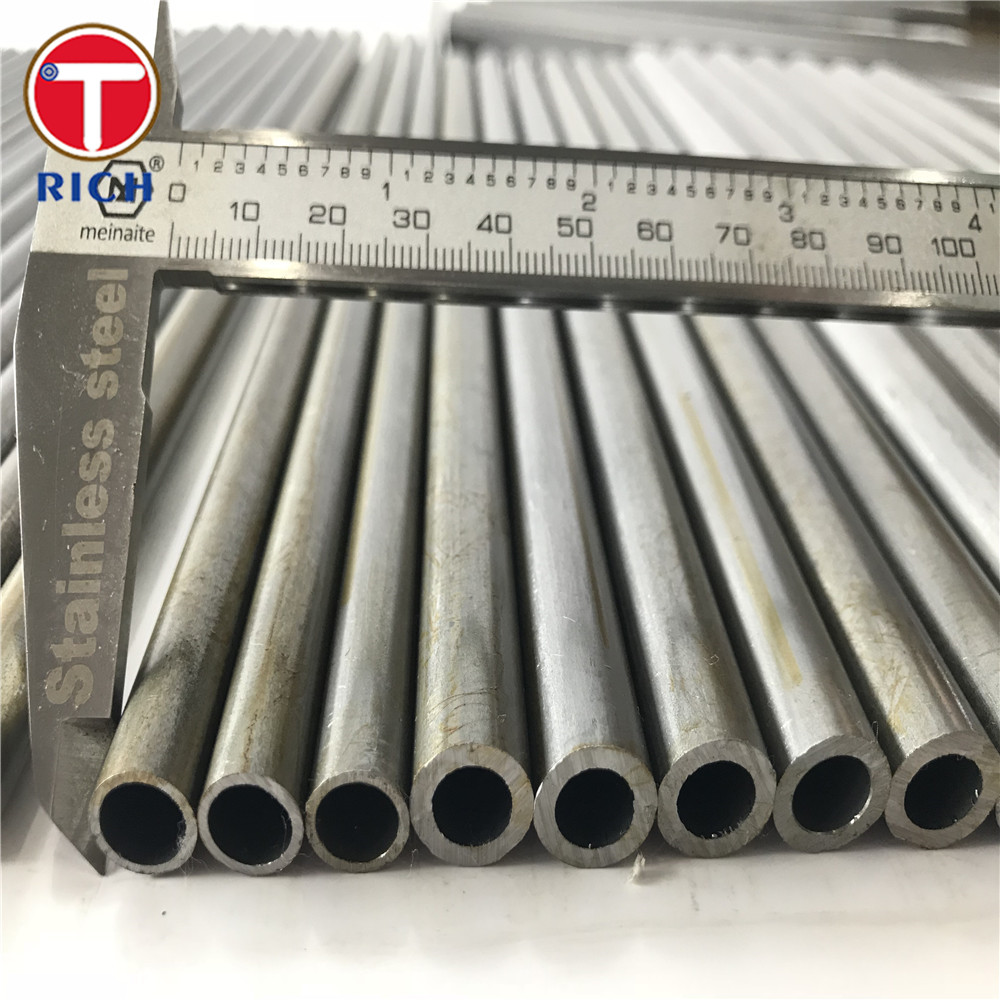
Mr. Richard SHEN
Leave a message
Mr. Richard SHEN
Leave a messageSteel pipes are widely used in various industries due to their strength, durability, and resistance to harsh conditions. Traditionally, welding has been the go-to method for joining two steel pipes together. However, welding requires specialized equipment, skilled labor, and can be time-consuming. Fortunately, there are alternative methods available that allow for the joining of steel pipes without the need for welding. In this article, we will explore three common questions about joining steel pipes without welding and provide effective solutions.
Yes, steel pipes can be joined using threaded connections. This method involves cutting threads on the ends of the pipes and using Fittings with matching threads to create a tight connection. This technique is commonly used for smaller-sized pipes and low-pressure applications, such as plumbing systems. Threaded connections provide a secure seal, preventing leakage, and can be easily disassembled if necessary.
Flanges are another popular method for joining steel pipes without welding. Flanges are flat, circular discs with holes in the center that align with the pipe ends. By using gaskets and bolts, the two flanges can be tightened together, creating a tight seal. This method is particularly useful for large-sized pipes and high-pressure applications. Flanges offer the advantage of easy assembly and disassembly, making maintenance and repairs more convenient.
Yes, mechanical couplings are effective for joining steel pipes without welding. These couplings consist of two halves that encompass the pipe ends and are secured together with bolts or clamps. The interior of the coupling is typically coated with a rubber gasket, providing a watertight seal. Mechanical couplings are ideal for both above-ground and underground applications, as they can withstand pressure and movements caused by temperature variations. They are relatively easy to install and can accommodate different pipe sizes and materials.


Privacy statement: Your privacy is very important to Us. Our company promises not to disclose your personal information to any external company with out your explicit permission.

Fill in more information so that we can get in touch with you faster
Privacy statement: Your privacy is very important to Us. Our company promises not to disclose your personal information to any external company with out your explicit permission.